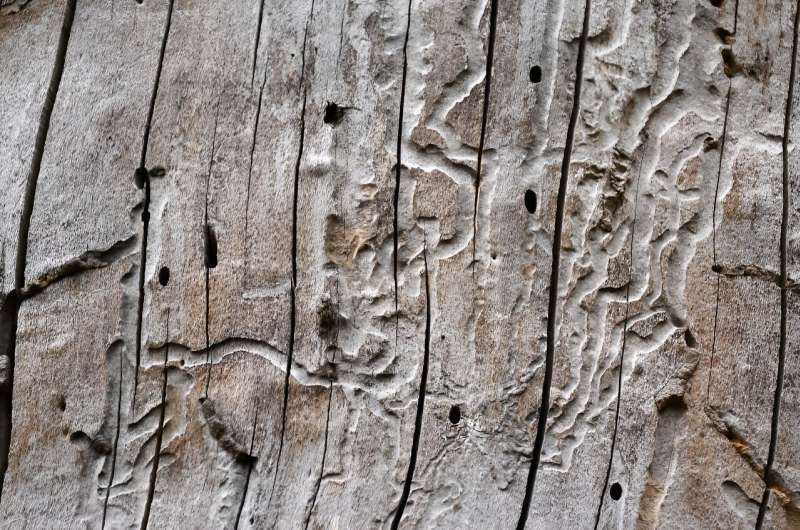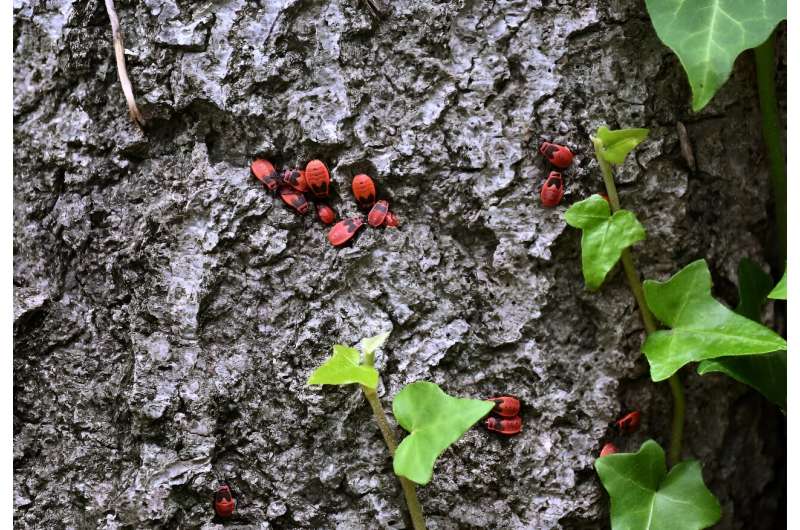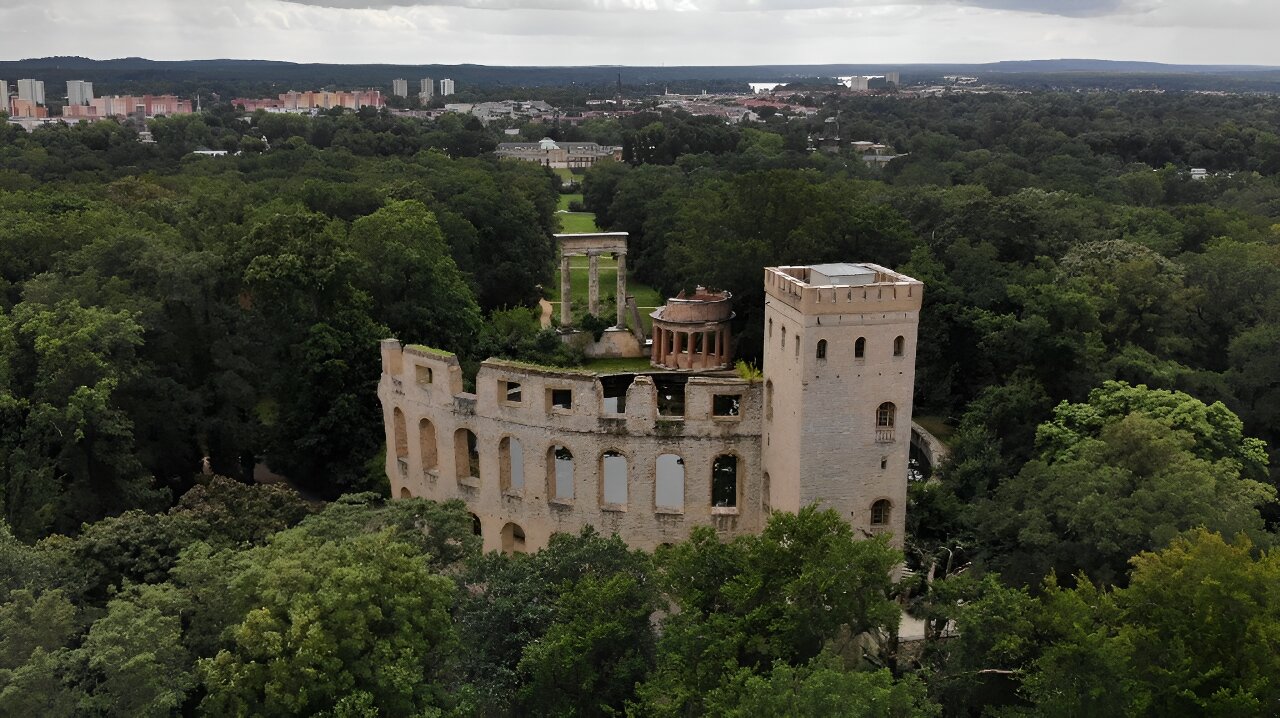Climate change is ravaging the ancient trees of Sanssouci, an opulent summer palace constructed in the 18th century to rival Versailles as Prussia’s grandest estate.
The vast grounds and meticulously maintained gardens in Potsdam, located southwest of Berlin, are enveloped by a park adorned with towering trees that have stood for centuries. However, these majestic giants are now succumbing to the detrimental effects of persistent droughts caused by the global climate crisis.
Sven Hannemann, the forest manager, stood at the base of an oak tree with a trunk circumference of six meters (20 feet) and gazed up at its canopy, which once spanned over 500 square meters. Now, its branches are withered and sparse, signaling its imminent demise. Hannemann estimated that the tree has about two more years to live.
Despite enduring storms, freezing temperatures, and two world wars during its 600-year existence, the tree’s death knell has been sounded due to lack of rainfall in recent years, attributed to the climate crisis. “In 2018, during a particularly dry period, it suffered significant damage, much like many other woody plants in the park,” explained Hannemann. “Since then, it has been gradually deteriorating.”
Sanssouci Park, spanning 300 hectares (approximately 740 acres), has been part of Potsdam’s UNESCO World Heritage collection of grand residences and gardens since 1990. The park attracts over 300,000 visitors annually. Unfortunately, the park’s 26,000 trees are now dying at an alarming rate—between 180 and 300 trees per year—three times the previous annual average before the severe weather events in 2017-2018, according to a spokesperson from the Palaces and Parks of Potsdam and Berlin foundation.

Although 2023 has seen slightly more rainfall compared to previous years, it has not been sufficient to counteract the damage caused by previous droughts. As a result, nearly half of the trees in the park are displaying signs of distress. In addition to the lack of moisture, insatiable insects have been devouring the already weakened trees.
‘Takes decades’
Hannemann knelt beside the dying oak tree and observed the sawdust falling through his hand—a result of the capricorn and oak splendor beetles’ destructive feeding. These insects have created thumb-thick holes in the trunk, consuming the growth layer between the sapwood and the bark, known as the cambium. Hannemann stated, “No tree can survive without its cambium.”
The demise of these giant trees leaves gaps in the forest, exposing other trees’ trunks and the forest floor to direct sunlight, leading to damage from radiation. Hannemann plucked a leaf from a beech shoot and demonstrated how deciduous trees have a protective reflex where the leaf curls up to shield itself. However, this reflex results in the thick inner branches, unaccustomed to direct sunlight, becoming sunburned.

This vicious cycle affects all tree species. Dead oaks or beech trees can serve only as habitats for bats, insects, or mushrooms. If the decaying trunks and branches pose a safety risk to park visitors, they must be removed. However, there is still hope for the weathered inhabitants of historic parks like Sanssouci. Gardeners at these sites are experimenting with tree species from the Mediterranean region that are more resistant to heat, yielding promising results. Hannemann’s team in Potsdam is also relying on the power of natural selection. They plant acorns from trees that show better resilience to drought in the forest floor. However, it will take decades for these newer and hardier trees to develop the thick protective canopies required for a healthy ecosystem.
“That takes decades,” Hannemann admitted.
© 2023 AFP
Citation:
German drought prompts rethink for ancient palace park trees (2023, August 8)
retrieved 8 August 2023
from https://phys.org/news/2023-08-german-drought-prompts-rethink-ancient.html
This document is subject to copyright. Apart from any fair dealing for the purpose of private study or research, no
part may be reproduced without the written permission. The content is provided for information purposes only.
Denial of responsibility! SamacharCentrl is an automatic aggregator of Global media. In each content, the hyperlink to the primary source is specified. All trademarks belong to their rightful owners, and all materials to their authors. For any complaint, please reach us at – [email protected]. We will take necessary action within 24 hours.

Shambhu Kumar is a science communicator, making complex scientific topics accessible to all. His articles explore breakthroughs in various scientific disciplines, from space exploration to cutting-edge research.


